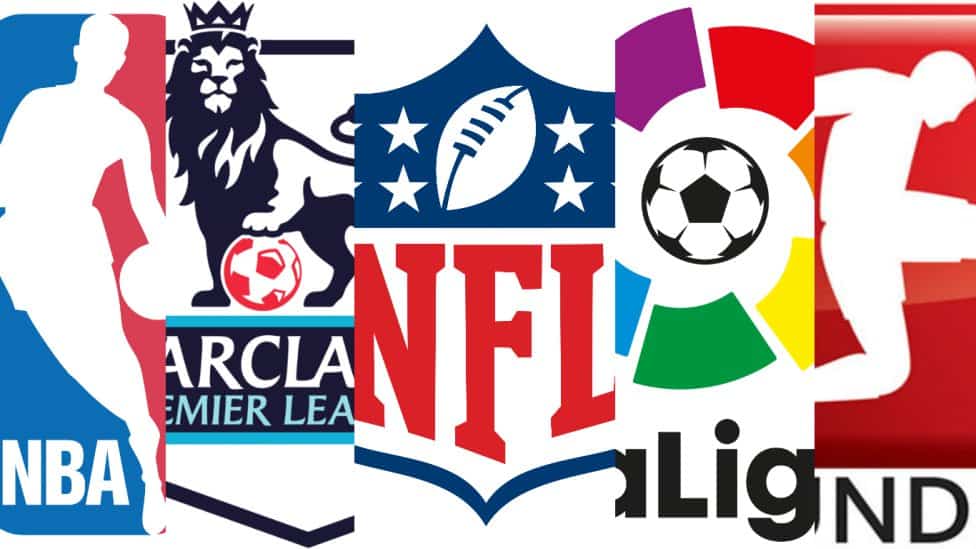In 2014, the State Council issued the “Several Opinions on Accelerating the Development of the Sports Industry and Promoting Sports Consumption”, and various provinces and cities have issued plans for the development of the sports industry, aiming to reach ¥5 trillion RMB in 2025. Policy development becomes the most direct incentive to the development of sports in China, attracting more capital inflow to the field.
Watching sports games via livestream is always one of the most important leisure activities for Chinese nationals. Sports league games have made watching games on a daily basis possible, without having to look out for international sports events which are usually held once a year, or even once every four years like the Olympics.
Compared to national sports leagues like CBA (basketball) and Chinese Super League (soccer), international sports leagues are more competitive and bring more joy and excitement when watching. Other than that, they choose to watch international sports leagues because of their unpopular nature in China (for example, American football and baseball) and its scarce nature (Formula 1).
As more people start to watch various sports, CCTV5 does not have the capacity to cover all the reporting and broadcasting work. This allows private companies to get into the field and divide the market share.
Platforms on international sports leagues in China
1. Tencent Sports (腾讯体育)

The slogan of Tencent Sports is Crown for Passion (为热爱加冕). The product design is mainly based on blue and white and is positioned as a powerful live broadcast platform of the game as well as the exclusive online broadcast of the NBA’s entire game. It mainly focuses on short clips of the wonderful games, providing users with authentic, high-definition, and ultra-clear image quality for watching the game from all directions.
In January 2015, Tencent won the exclusive digital media rights of the NBA in mainland China for the 2015-2020 season for $500 million USD (¥3.1 billion RMB) over five years. After winning the copyright of top-level events (including FIBA, NCAA, NFL), it relies on strong social genes for brand and community operations. On the one hand, users are effectively connected to Tencent’s social ecosystem. Tencent Sports has achieved rapid development through content payment (membership subscription), promotions, sales of derivatives, and mobile game development.
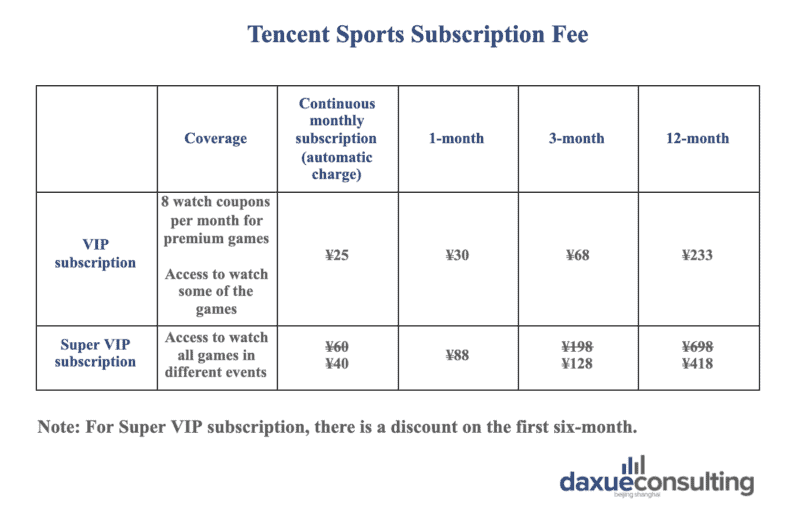
2. Hupu(虎扑)
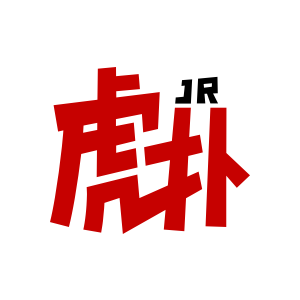
Hupu is an interesting community where many JRs (unique nicknames of Hupu users) share their opinions on platforms such as basketball, football, gaming and e-sports, film and television, and automobiles. Real is the keyword of the active online community constructed mainly by male users.
Unlike Tencent Sports which focuses on livestream broadcasts, Hupu started off by offering first-hand information on international sports leagues, mainly NBA. Due to the lack of domestic fan community platforms, Hupu quickly gained a large number of audiences. The community gathered traffic through content and activity of user groups, with advertising becoming one of Hupu’s most important profit models.
3. Sina Sports (新浪体育)

Sina sports is one of the earliest platforms that has built online communities around the topic of sports.
Soccer has always been the focus of Sina’s attention and coverage. Since the 1998 World Cup in France, Sina has been closely following every game and reporting it in a timely manner. By the 2002 World Cup in Japan and South Korea, Sina had become the exclusive internet partner of the Chinese football team. On September 12, 2006, Sina earned another opportunity to cooperate with the UEFA Champions League. UEFA granted Sina the rights to broadcast the UEFA Champions League game video and wireless service rights.
Sina sports remained the leading sports information platform in 2013. According to the report published by Analysys, it recorded an active user of 3.7 million. However, after the year 2015, in the new waves of internet development and upgrade of other sports information platforms, Sina sports has failed to catch the trend.
Take the NBA as an example: NBA began to cooperate with Sina in 2010. Sina won the NBA broadcast rights for 3 years at a price of $7 million USD per year; in 2013, Sina adopted the “2+1” model – $20 million USD per year, renewed for 2 years, and having the renewal priority in the third year. The story in 2015 was that it lost the broadcast rights to its rising competitor, Tencent sports. On top of other internal administrative obstacles, Sina sports has lost its leading position in the field but remains one of the most important platforms.
Major international sports leagues in China
NBA (Basketball)
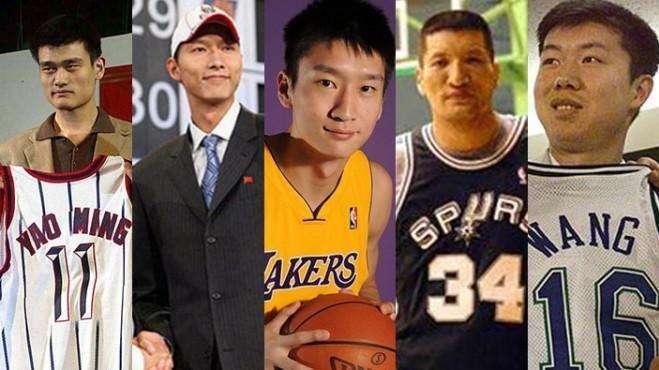
As the most successful international sports league in the Chinese market, NBA has been in China for more than 30 years.
In 1986, NBA Entertainment sent CCTV a video of the sixth game of the 1985 NBA Finals between the Lakers and the Celtics. After the CCTV broadcast, it immediately set off a nationwide craze. People were amazed by the fact that there was such a high-level basketball game on the other side of the world. In 1989, the former NBA president David Stein, who had just taken the office, brought the NBA video to the CCTV studio and sent the NBA broadcast rights to mainland China for practically free.
The development of the NBA in China has not been limited to broadcasting. It also expanded by hosting NBA China Game since 2004, cooperating with Yao Ming to start NBA Yao School, cooperating with Dongguan Basketball Academy to support youth basketball development in China, and promoting the immersion of NBA Basketball School (NBA Academy) to bring in systematic training camps for Chinese youth.

As Chinese basketball players Wang Zhizhi (the 36th pick in the second round by Dallas Mavericks) and Yao Ming (the 1st pick in the first round by Houston Rockets) successively entered the NBA via draft, the attention to NBA from the Chinese nationals has become unprecedented. However, during 2019, NBA confronted its most severe crisis in the Chinese market because of the improper remark made by Daryl Morey, the general manager of Houston Rockets, regarding the sovereignty of Hong Kong. The current NBA Commissioner Adam Silver’s support for Morey’s “freedom of expression” in an interview with Kyodo News further exacerbated the incident. The unexpected event has influenced the business matters of the NBA in China from all perspectives.
UEFA Champions League (Soccer)
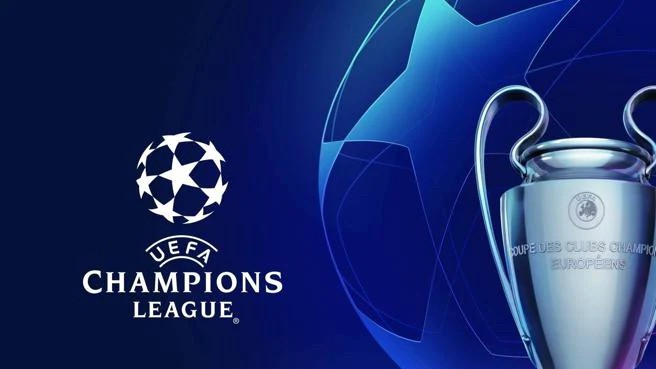
The Union of European Football Association (UEFA) is the administrative body for football, futsal, and beach soccer in Europe, as well as Armenia, Cyprus, Israel, and the Asian parts of some transcontinental countries. UEFA consists of 55 national association members.
Soccer has had a solid popular base in China for many years. Every year during the UEFA final, viewers always stay up and spontaneously get together to watch broadcast games. In 2016, there was only one Chinese brand sponsor, HiSense. However, in 2020, several more have joined – TikTok, Vivo, Alipay, etc. The situation has highlighted the commercial value of UEFA in China.
On August 11, 2021, iQIYI Sports, Tencent Sports, and PP Sports announced that they will become the new media broadcast platforms for the UEFA Champions League in mainland China, broadcasting all the UEFA Champions League and Europa League matches for the 2021-22 season in high-definition for fans.
Formula One (Racing Car)

Formula One marks the highest class of international racing for open-wheel single-seater formula racing. It gradually attracted the attention of Chinese nationals as Formula 1 Chinese Grand Prix set off in Shanghai in 2004. The current F1 broadcast rights in China belong to CCTV, Tencent sports, and Great sports (五星体育), which are affiliated to the Shanghai TV.
The Shanghai International Circuit started construction in 2002 and has signed the right to host the 2004-2010 F1 Grand Prix China Station with the FIA. According to media reports, the first phase of the Shanghai International Circuit cost ¥2.6 billion RMB, and the second phase was as high as ¥5 billion RMB.

However, the input does not meet the expectations. The attractiveness of F1 in China is gradually declining, with the influence of the event getting lower and lower. Although organizers have invested heavily, returns have not been notable. Since 2009, the number of F1 audiences in China has dropped significantly, with more than 10,000 audiences reduced each time. By 2013, the total decline in online and offline audiences reached 30 million. In addition, according to the data released by the F1 China organizer, before 2010, in order to hold the F1 Shanghai race, the annual investment was more than ¥600 million RMB. The annual ticket revenue, sponsorship, and broadcast revenue, and tourist souvenirs total at less than ¥600 million RMB, with a total loss of more than ¥5 billion RMB.
The good news is that recently China finally has its very first F1 racer, Zhou Guanyu, who joined Alfa Romeo and will be racing as a formal F1 racer in 2022. As the impact on the NBA brought by Wang Zhizhi and Yao Ming, the historical figure Zhou is hopeful to bring attention back to F1 in China. FIA has also announced that the contract with F1 Grand Prix China will be prolonged to 2025. The Shanghai International Circuit has the potential to be popular again once the pandemic situation eases.
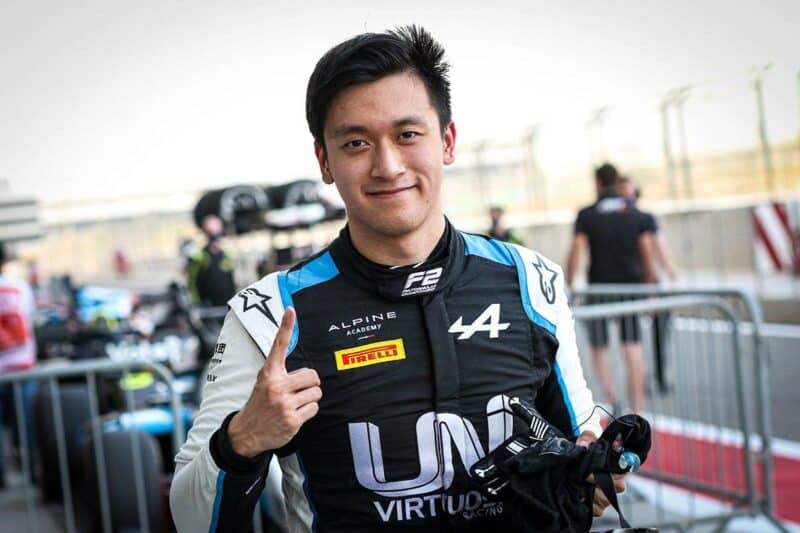
UFC (Mixed martial arts)
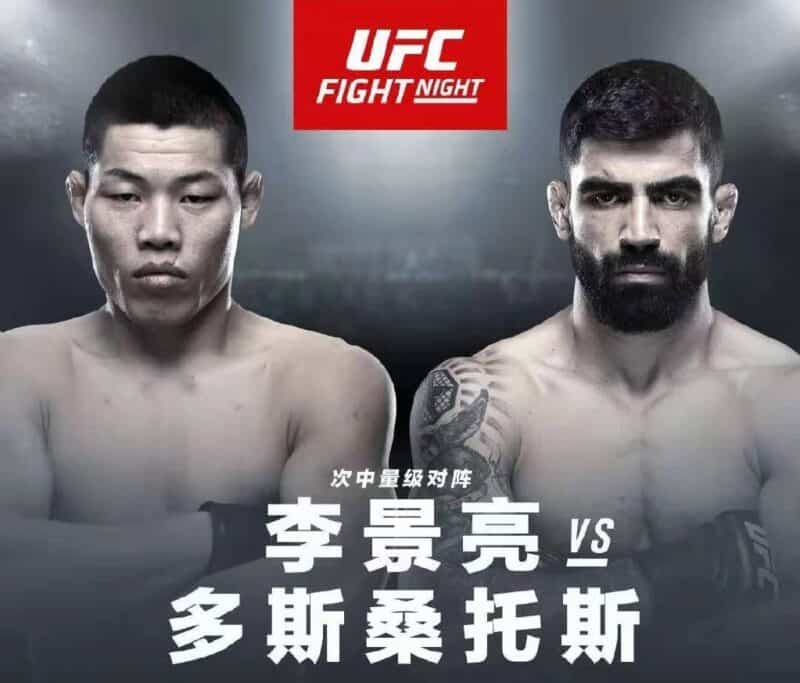
UFC first came to China in Macau in 2012. The match heralded the beginning of UFC’s plans for China and even Asia. Even so, it is not the first interaction between China and this international sports league. In 2010, Zhang Tiequan officially joined the WEC event. In October 2010, WEC was acquired by the UFC, and Zhang Tiequan also entered the UFC and became the first Chinese person in the octagonal cage.
Not long after him, another Chinese boxer, Li Jingliang, also joined the UFC. He achieved his first win just 4 months after his entry. Since then, more Chinese people have started to dedicate attention to the MMA league. The domestic discussion on the league is mostly heated after the female boxer Zhang Weili became the first Chinese champion in UFC.
With Zhang Weili winning the gold belt, as well as the victories of many outstanding athletes including Li Jingliang, Sumudalji, Yan Xiaonan, etc., UFC has become the most popular mixed martial arts event in China. After 5 years of cooperation with PPT, in February 2021, UFC has started a new contract with Migu Video(咪咕视频), which has 5G, 4K/8K, and VR signal production features. From March 1st, the newly upgraded UFC special content will be exclusively launched on Migu Video. Since the UFC 259 competition on March 7th, Migu will become the exclusive broadcaster of all UFC events in mainland China.

MLB (Baseball)
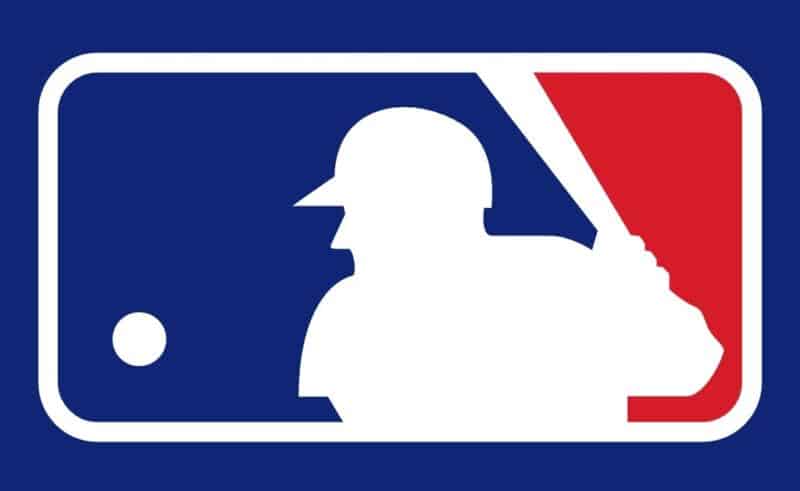
Since MLB established a representative office in Beijing in January 2007, this sports league from the United States has been rooted in China for nearly 15 years. After its entry to China, MLB has set its sights on the training model to cultivate a “baseball Yao Ming”.
In September 2009, MLB’s first baseball development center in China settled at Dongbeitang Middle School in Wuxi City, and successively established “Major League Baseball Development Centers” in Nanjing and Changzhou respectively, recruiting young people over the age of 12 and providing education and baseball training services. The development center has become a major landing model of MLB in China and is also a valuable asset of MLB. In the past few years of its establishment and operation, many professional players such as Xu Guiyuan, Gong Haicheng, and Qiangba Rinzin have emerged.
In 2017, MLB shook hands with the Chinese Baseball Association to collaborate and develop baseball in China. However, these layouts of MLB have not yet brought explosive results in business. After baseball withdrew from the Olympic Games, the domestic baseball situation plummeted. The major issue is about the operation of copyright and the promotion of digital media.
In 2021, MLB has finally started to make moves and tackle the issue, joining hands with Tencent and Oriental Pearl New Media for the first time. MLB’s multi-platform copyright cooperation in China has allowed baseball content to cover 123 million subscribers and more than 100 million household users under Oriental Pearl New Media, expanding content consumption scenarios to the big screen, bus, subway, and other terminals.
Author: Michael Ling


